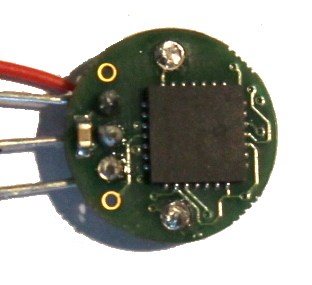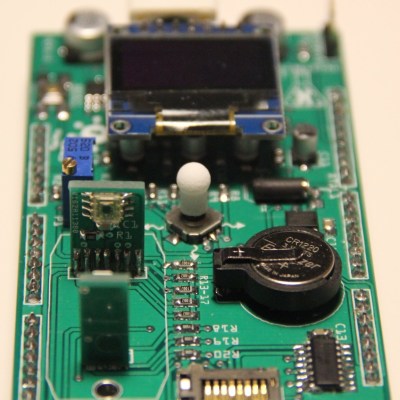The SRF01 is a popular ultrasonic sensor used primarily for range finding applications. [Jaanus] discovered that they had a few flaws, including not working after being dropped. The faulty ones began to pile up, so he decided  to tear one apart and put his engineering skills to use.
to tear one apart and put his engineering skills to use.
The SRF01 is unique in that it only uses a single transducer, unlike the SRF04, which uses two. Using only one transducer presents a problem when measuring very close distances. The transducer emits a pulse of sound and then must listen for the echo. The smaller the distance, the smaller the time interval between the pulse and when the echo returns. There is a fundamental limit to this time as the transducer has to recover from what is known as ringing. [Jaanus] discovered that the SRF01 solves the ringing problem with the use of a PIC24’s ADC and its 500 ksps (kilosamples per second) rate. This allows it to measure very close distances.
Be sure to check out the teardown for more details on how the SRF01 works.




 Taking the form of an Arduino mega-shield that supports a pH meter, a spectrophotometer, and a PID-controlled hot plate, [M. Bindhammer]’s design has a nice cross-section of the instruments needed to start biohacking in your basement. Since the shield piggybacks on an Arduino, all the data can be logged, and decisions can be made based on the data as it is collected. One example is changing the temperature of the hot plate when a certain pH is reached. Not having to babysit your experiments could be a huge boon to the basement biohacker.
Taking the form of an Arduino mega-shield that supports a pH meter, a spectrophotometer, and a PID-controlled hot plate, [M. Bindhammer]’s design has a nice cross-section of the instruments needed to start biohacking in your basement. Since the shield piggybacks on an Arduino, all the data can be logged, and decisions can be made based on the data as it is collected. One example is changing the temperature of the hot plate when a certain pH is reached. Not having to babysit your experiments could be a huge boon to the basement biohacker.















